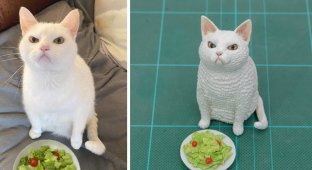They replaced the pockets of the Japanese (7 photos)
The traditional Japanese costume did not involve pockets, so Japanese for carrying small items (coins, personal seals, etc.) used inro - small boxes, consisting of sections, tightened each other with string. 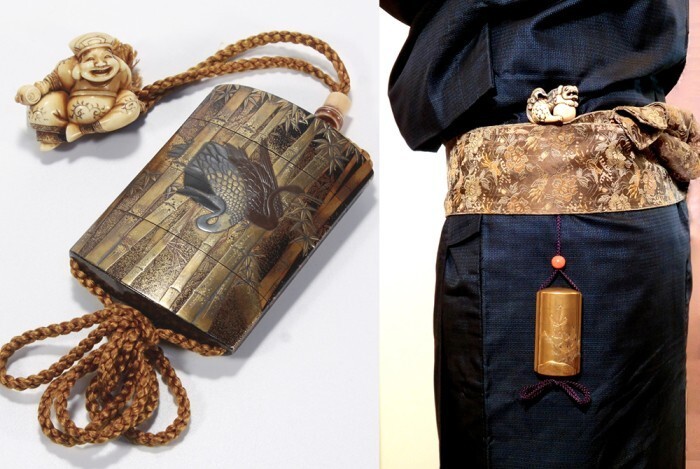
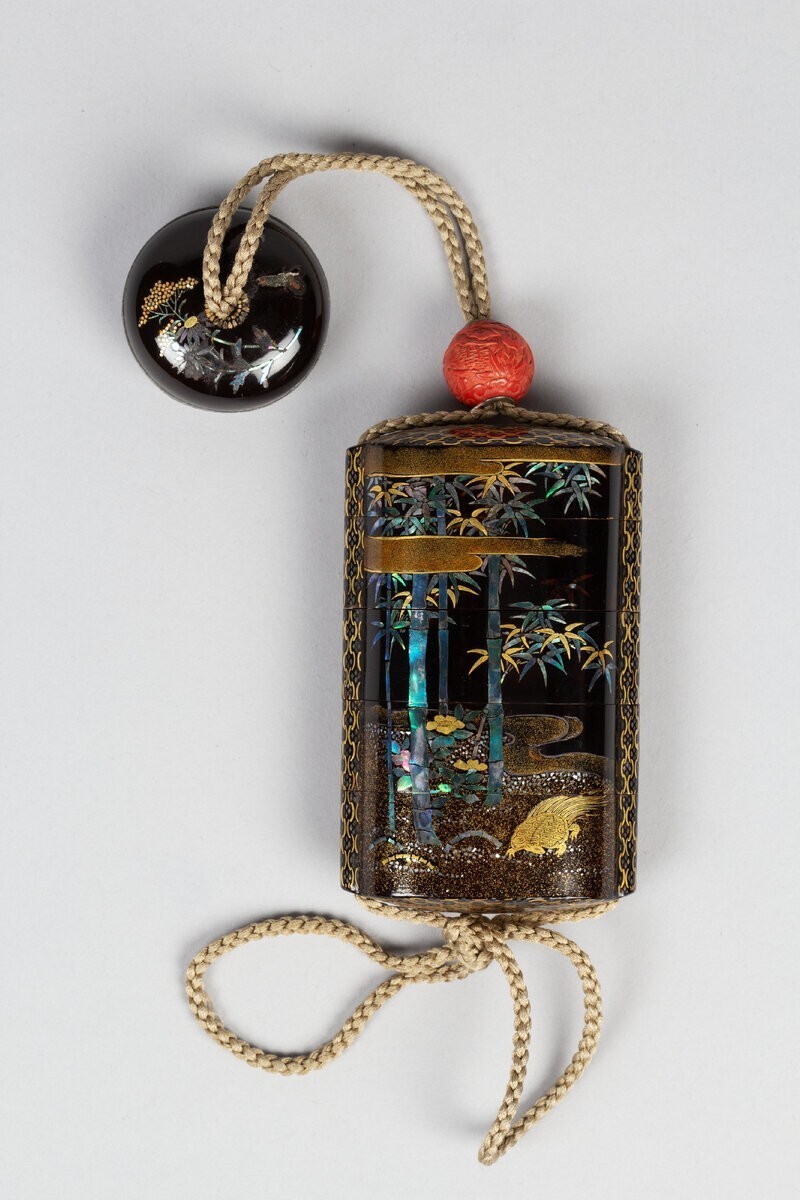
Inro featuring the Monogame Turtle under the bamboo. Late 18th century or early 19th century. 8.5 x 5.2 x 2.5 cm.
Inro was worn on the belt, as a counterweight, netsuke (miniature figurines or wood or bones) were tied to the lace. 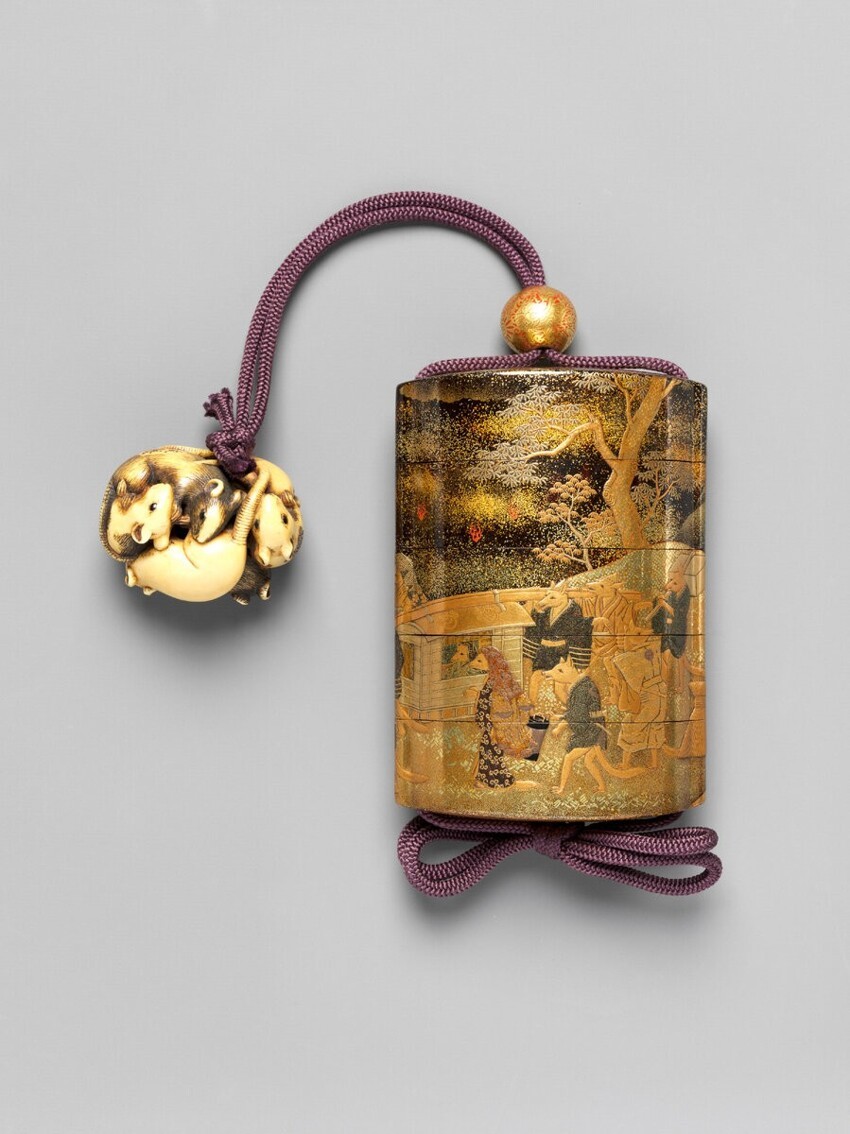
Inro depicting a fox wedding. Late 18th century or early 19th century. 8.7 x 6 x 2.9 cm.
Inro were made of wood, bamboo, bone, ivory and often covered with painting, engraving and varnish. 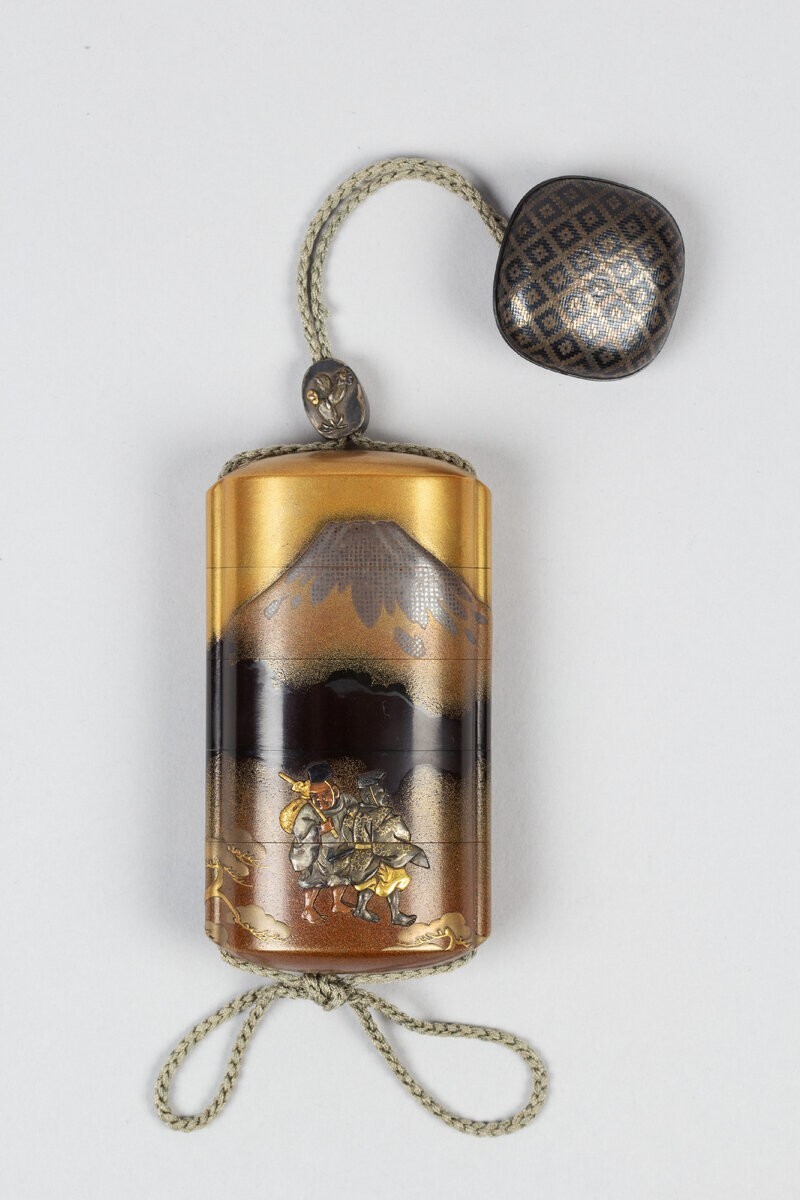
Inro depicting Narihira on Mount Fuji from Tales of Ise. 19th century. 9.1 x 5 x 2.6 cm.
Over time, these products have become real works of art. 
Inro with plum blossom. Lacquer with splashes of gold and silver, coral inlays. 9.3 x 5.7 x 2.2 cm.
The selection includes classically shaped inros from the collection of the Metropolitan Museum of Art (New York). 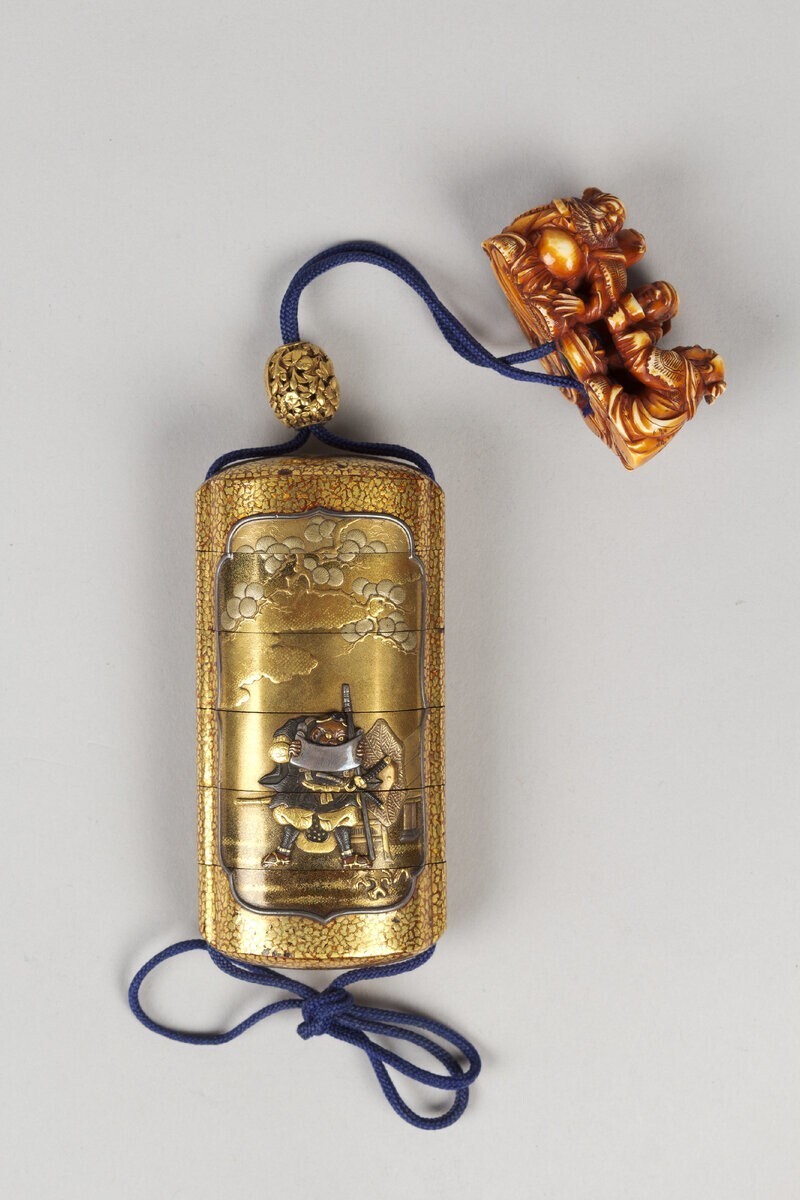
Inro depicting a warrior reading a scroll. 19th century. 9.5 x 4.6 x 2.8 cm. 
Inro with chrysanthemums. Late 18th century or early 19th century. 7.4 x 5.4 x 2.5 cm.












